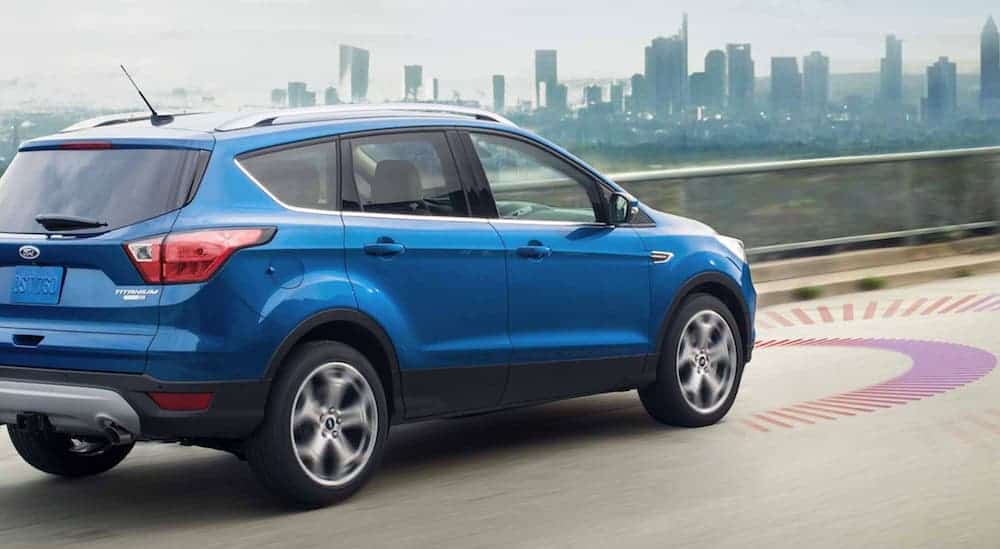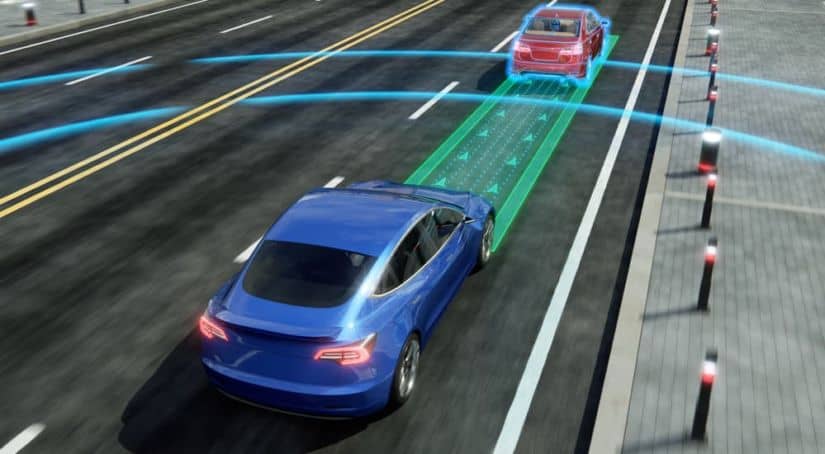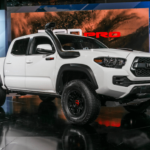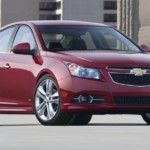The auto industry’s relentless obsession with technology has rapidly spurred on the competition in autonomous vehicle development. An uncharted frontier in hands-free driving presents a pressing need for updated driver safety laws. Outdated regulations just won’t cut it to reflect the modern vehicles that will be heading to the roadways. Staying ahead of the game presents a challenge for lawmakers who face an ever-changing evolution in the way that drivers and vehicles interact.
Although most of the recent innovation has intended to make driving safer, it has also indirectly reduced the level of attention required by drivers to make safe decisions behind the wheel. The ever-present smartphone has brought distracted driving to an all-time high, but are driverless cars really the answer? If so, what kind of laws will need to be written to ensure safety within this new environment? Only time will tell what the future holds, but for better or worse, the direction thus far points towards a more hands-free future of driving.
Features with a Mind of Their Own
Lots of the latest safety features being offered in newly upgraded or even some standard models provide drivers with the luxury to sit back and let their vehicle’s control systems take the wheel. Parking assistance systems, for instance, employ multiple sensors and cameras to locate an open parking spot. After identifying a space, the system actually maneuvers the vehicle safely into position without any participation from the human driver. Frequently, this technology completes the job better than a human could have. The carefully planned design elements allow vehicles to get a superior view of rear traffic and sense obstructions that people might otherwise miss. This avoids costly accidents, injuries, and unnecessary damage.
Another increasingly popular tech feature includes the various lane keep assist programs. If your vehicle begins to veer into another lane due to distracted driving or poor handling, the vehicle senses this and corrects your lane placement. Automobiles with lane-keep assistance are a great way to prevent unnecessary accidents with nearby traffic. Switching lanes without your directional on is never a good idea, and this technology reminds drivers that proper precaution must be taken before changing over to a new lane.
Although convenient, new high-tech features can undoubtedly take some getting used to. For older motorists who have driven without them for several decades, the adjustment can be unsettling or undesired. Luckily, the ability to override autonomous vehicle functions still remains an option. Drivers can generally choose to opt-out temporarily or turn them off entirely if preferred. No matter how advanced the technology becomes, it seems unlikely that drivers would be comfortable forfeiting autonomy over their vehicles. However, upcoming generations who have never experienced a world without driverless cars might feel differently.
The Definition of Autonomous Vehicles
High-tech driver safety features don’t necessarily classify a vehicle as autonomous. While there are a few different ways to define the term, the DMV in California has a few guidelines, including:
“Autonomous Technology means technology that has the capability to drive a vehicle without the active physical control or monitoring by a human operator.” Furthermore, “Autonomous Mode is the status of vehicle operation where technology that is a combination of hardware and software, remote and/or on-board, performs the dynamic driving task, with or without a natural person actively supervising the autonomous technology’s performance of the dynamic driving task. An autonomous vehicle is operating or driving in autonomous mode when it is operated or driven with the autonomous technology engaged.”

Based on the verbiage used, it seems like most of the typical driver assistance programs don’t quite qualify as fully autonomous vehicles. They may have autonomous modes, but overall, auto manufacturers still caution drivers to participate actively and monitor their vehicle. Drivers are always expected to stay fully engaged and ready to intervene at any time. There’s a lot of speculation that the trucking industry will be the first to fully embrace autonomous vehicles in an effort to reduce the cost of transporting goods. It’s not surprising to assume that this will likely be the case. It will be up to the producers of this technology to convince the state regulators that such vehicles are completely safe for everyone else on the road.
Pedestrians present one of the most significant challenges in the race to adopt fully autonomous vehicles. Many current makes and models on the market already have the capacity to “communicate” with each other through vehicle-to-vehicle signaling technology. These programs allow for nearby vehicles to share information regarding upcoming accidents, poor weather conditions, and the rate of traffic. Various modifications have been tested throughout the years to make roads and highways more friendly to the recognition systems of autonomous vehicles. However, the unpredictability of pedestrians, bikers, and other vehicles which are operated by humans, hinders the ability of autonomous vehicles to be fully fail-proof.
The Current State of Autonomous Vehicle Regulations
State and municipal governments have been taking action in addressing the concerns brought on by hands-free driving. New driver safety laws are being introduced every day, with some having already been in effect for a few years. As early as 2012, at least 41 states began considering the issue of hands-free driving, and six states actually passed bills to start regulating the roadways. Since then, legislation has continued to grow and develop, year by year.
Today, there are 29 different states, along with Washington D.C., who have put forth some type of legislation regarding driverless cars. Executive orders have even been put into place by the governors in six states. The federal government has joined the conversation as well, with the release of A Vision for Safety 2.0 released on September 12th, 2019, by the National Highway and Transportation Safety Administration. This is the second document of its type, and the first one was released in 2016.
A new Autonomous Vehicles Legislative Database has been created to provide a living database of the legislation by state. The federal government’s role appears to be focused on offering technical assistance and voluntary guidance for the interested states. For anyone who plans to use a driverless car across state lines, it would be wise to familiarize yourself with the restrictions and laws governing the areas you’ll be traveling through.
The Irresistible Allure of Technology
The concept of driverless cars has been present in human imagination and ambition for well over a century. As early as the 1920s, humans were dreaming up a world where cars could drive themselves, and accidents caused by human error were a thing of the past. In fact, trials on Automated Driving Systems were performed as early as the 1950s. Using specially marked streets, modified vehicles, and an elevated rail, Japan’s Tsukuba Mechanical Engineering Laboratory managed to create a vehicle that could drive up to 19 miles per hour, completely on its own in 1977.
The question today is whether or not this type of technology is truly safe enough to entrust with the protection of human life, both inside and outside of the vehicle. As our collective culture becomes more comfortable with the increasing role that technology plays in our everyday lives, the trend will likely continue. Driverless cars may become commonplace sooner than initially thought, granted they are able to prove their value in real-world conditions.



